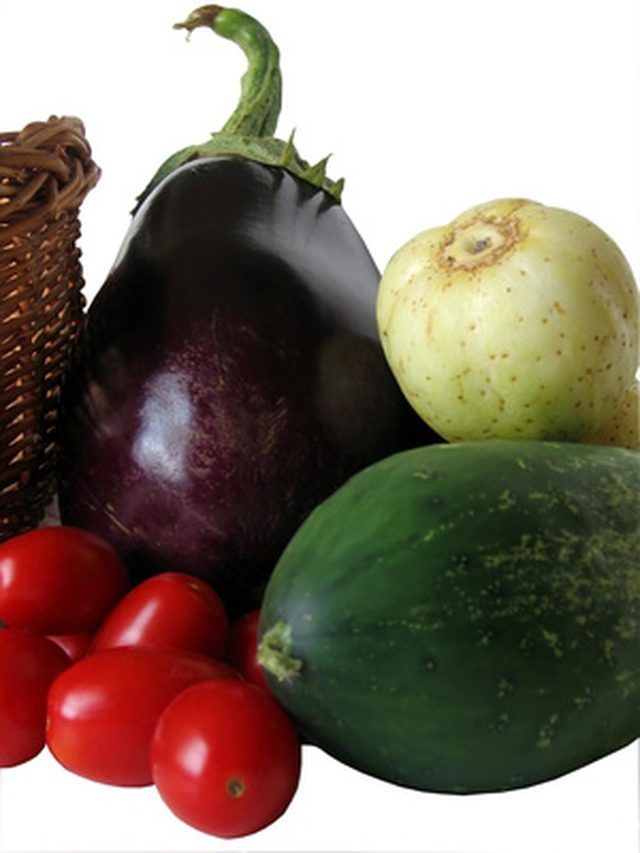Bulbs
Flower Basics
Flower Beds & Specialty Gardens
Flower Garden
Garden Furniture
Garden Gnomes
Garden Seeds
Garden Sheds
Garden Statues
Garden Tools & Supplies
Gardening Basics
Green & Organic
Groundcovers & Vines
Growing Annuals
Growing Basil
Growing Beans
Growing Berries
Growing Blueberries
Growing Cactus
Growing Corn
Growing Cotton
Growing Edibles
Growing Flowers
Growing Garlic
Growing Grapes
Growing Grass
Growing Herbs
Growing Jasmine
Growing Mint
Growing Mushrooms
Orchids
Growing Peanuts
Growing Perennials
Growing Plants
Growing Rosemary
Growing Roses
Growing Strawberries
Growing Sunflowers
Growing Thyme
Growing Tomatoes
Growing Tulips
Growing Vegetables
Herb Basics
Herb Garden
Indoor Growing
Landscaping Basics
Landscaping Patios
Landscaping Plants
Landscaping Shrubs
Landscaping Trees
Landscaping Walks & Pathways
Lawn Basics
Lawn Maintenance
Lawn Mowers
Lawn Ornaments
Lawn Planting
Lawn Tools
Outdoor Growing
Overall Landscape Planning
Pests, Weeds & Problems
Plant Basics
Rock Garden
Rose Garden
Shrubs
Soil
Specialty Gardens
Trees
Vegetable Garden
Yard Maintenance
How to Build Box Container Gardens
How to Build Box Container Gardens. Limited space or difficult soil conditions shouldn't keep you from raising your own vegetables. You can do it right on your patio or deck in containers you build yourself. Boxes that fit on the patio so that you can access them from both sides should 4 feet wide or less. If one side will be against a wall or...

Limited space or difficult soil conditions shouldn't keep you from raising your own vegetables. You can do it right on your patio or deck in containers you build yourself. Boxes that fit on the patio so that you can access them from both sides should 4 feet wide or less. If one side will be against a wall or railing, keep them under 2 feet. Length can be decided by your space, but they get a little awkward to move around if they're much over 8 feet long. Get creative with the number and arrangement of your boxes.
Things You'll Need
Tape measure
Pencil
Square
Saw
Hammer
Nails or screws
Drill
9 2-by-4s, 8 feet long
2 2-by-8s, 10 feet long
Landscape fabric
Topsoil
Coarse sand
Organic matter
Measure 72 inches on each of the 2-by-8s, using a tape measure. Mark a square line across the board with a pencil and cut each board to length with a saw. From the cutoffs, measure, mark and cut two 2-by-8s 33 inches long.
Nail or screw the box together, using a hammer or drill, with the short sides inside the long sides. The finished box should measure 36 inches by 72 inches for the outside measurement.
Measure, mark and cut the nine 2-by-4s to 72 inches. If the grain of the wood on the box sides will appear more attractive one way or the other, turn the box upside down to attach the bottom. Lay the 2-by-4s lengthwise on the box and space them with 1/2 inch between the boards. Keep the two outside boards flush with the edges. Nail or screw the two outside boards first, then add the rest of them, working from each side toward the middle. This should keep the frame square. Turn the box over once the bottom slats are secured.
Line the inside of the box with landscape fabric. This will allow water to drain through, but will keep the soil from falling through the cracks. Position the box where you want it. It will be too heavy to move once filled with soil.
Fill the boxes with soil. West Virginia University recommends a mix of 1/3 topsoil, 1/3 coarse sand and 1/3 organic matter. Organic matter can be sphagnum peat moss, cotton burr compost, compost you've made yourself from kitchen scraps, or--perhaps best--a blend of all of those. Give the soil mix a generous application of organic fertilizer several days before you plant in the boxes.
Tips & Warnings
According to Iowa State University, most vegetables can be grown in boxes 6 to 8 inches deep. Root vegetables like carrots and larger plants like tomatoes and peppers prefer deeper boxes. Use two 2-by-6s stacked for deep boxes.
Iowa State University suggests western red cedar or lumber that has been pressure-treated with arsenic-free wood preservatives. Treated lumber is much less expensive than western red cedar.